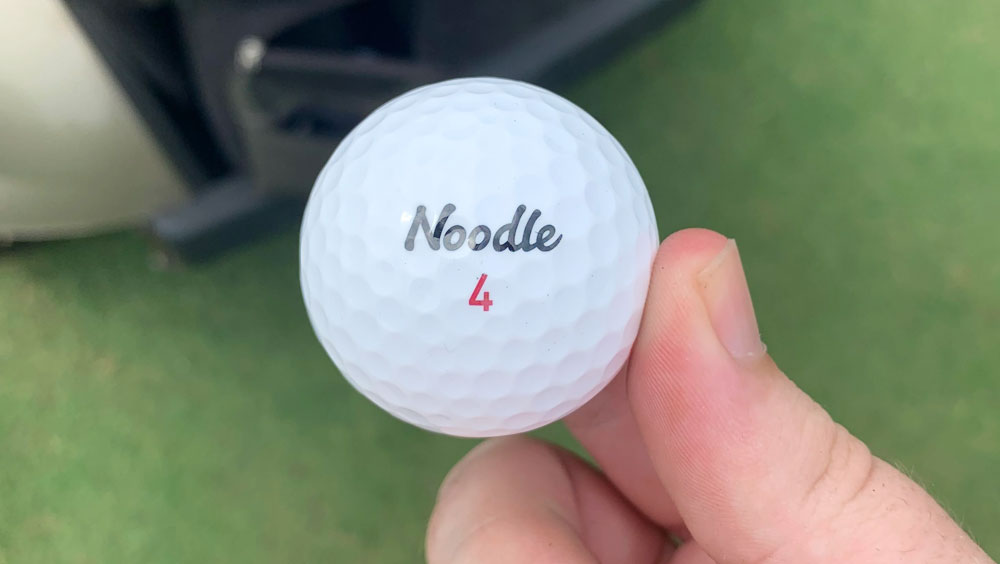Golf is a sport that has been enjoyed for centuries by people of all ages and skill levels. It is a game that requires precision, strategic thinking, and physical fitness. To play the game, golfers use various tools such as golf clubs, golf balls, and other accessories.
A set of golf clubs generally consists of several different types, each designed for specific shots and distances. There are wood, iron, and putter clubs. Woods are better for longer shots, while irons are used for shorter shots and putting. Putters are used on the green to roll the ball into the hole.
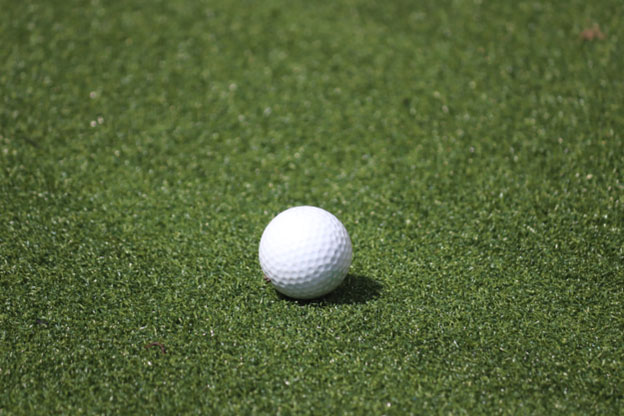
A golf ball is also an important tool in the game. Golf balls are small, dimpled spheres made of rubber and other materials. The dimples on the ball create an aerodynamic lift that helps the ball travel farther and more accurately through the air.
In addition to these tools, golfers may also use other accessories such as tees, ball markers, golf gloves, and golf bags to assist them in their game. With the right tools and practice, golf can be a rewarding and enjoyable sport for anyone to play.
The Science Behind Golf Ball Dimples
Golf balls are peculiar in that they are not smooth, but instead, they are covered with dimples. These dimples serve a specific purpose to enhance the golf ball's flight through the air.
The purpose of dimples on a golf ball is to reduce the drag or air resistance that the ball experiences in motion. If a golf ball were smooth, the air around it would create a layer separating the ball's surface from the surrounding atmosphere. This layer of air is called the boundary layer. Golf balls with dimples create a thinner boundary layer, decreasing the air resistance and allowing the ball to travel farther and faster through the air.
Golf ball dimples have come a long way since the 15th century when golf balls were made entirely of wood. The first dimpled golf balls were produced in the early 1900s by William Taylor, who discovered that roughening a golf ball design with dimples improved its flight. Since then, golf ball makers have continued to refine the design and performance characteristics of golf balls, creating a range of ball types to appeal to different golfers and their skill levels.
American Golf Balls
American golf balls have become an iconic part of the game, with many players preferring them due to their superior performance. These popular golf balls are made with a combination of rubber and other materials that create superior dimple patterns for longer shots and more accurate play. Many American golf ball brands such as Titleist, Callaway, and Bridgestone are renowned for their high-quality construction and innovative designs.
How Many Dimples Do Golf Balls Have?
When we talk about golf balls and their design, one thing that immediately comes to mind is the dimples. These small indentations cover the surface of the ball and play a vital role in determining the ball's trajectory and distance. The standard number of dimples on a golf ball is usually between 300 and 400. However, the actual number may vary depending on the specific ball and manufacturer.
Why do golf balls have dimples? It's all about aerodynamics. When a golf ball is hit, it creates a thin layer of air around it called the boundary layer. This layer of air creates friction, which slows the ball down and reduces its distance. Dimples on a golf ball help to reduce this friction by creating turbulence in the air around the ball. This, in turn, reduces the size of the boundary layer and allows the ball to travel further.
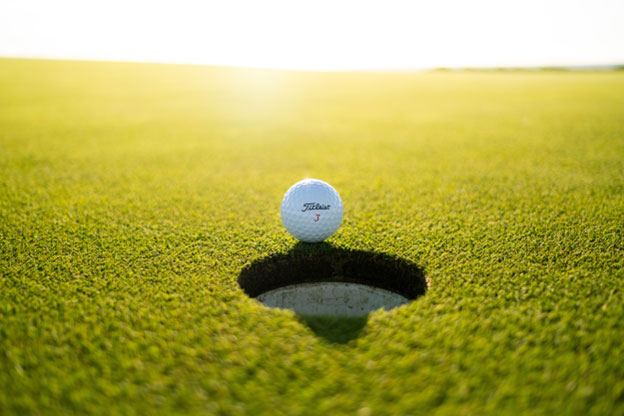
The relationship between the number of dimples on a golf ball and its performance is complex. In general, a golf ball with fewer dimples will travel further due to the decreased air resistance. However, a ball with more dimples may produce additional lift, allowing for a higher and softer shot when approaching the green. Additionally, the depth and pattern of the dimples can play a role in the ball's performance as well.
Overall, the number of dimples on a golf ball serves a critical purpose in the sport. It affects the ball's trajectory, distance, and overall performance. So, the next time you're out on the course, take a closer look at the dimples on your ball and how they may be affecting your game.
Factors that Affect Golf Ball Dimples
Let's take a look at some of the key factors that golf ball manufacturers consider when creating their products.
Manufacturing Processes: The manufacturing process used by a golf ball manufacturer can play a significant role in the design and characteristics of the dimples on their golf balls. Some manufacturers use a casting process to create their balls, while others use molding. The type of process used can impact the consistency of the dimples, as well as their size and depth.
Golf Ball Brand and Model: Different brands and models of golf balls are designed with different types of golfers in mind. Some brands focus on producing balls with fewer dimples for golfers who prioritize distance, while others prioritize additional lift and a softer shot for those who want more control on the green. The number, depth, and pattern of dimples on each ball can vary depending on the intended use and target audience.
Environmental Conditions: The environmental conditions on the day of a round of golf can also impact the performance of a golf ball. Factors such as temperature, humidity, and air pressure can affect how air moves around the ball and thus the performance of the dimples. In general, balls with more dimples will perform better in cold and wet conditions, as they will create more turbulence in the air around the ball.
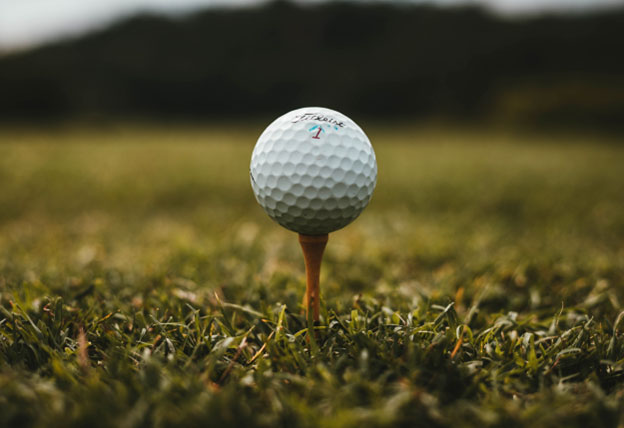
Can We Play Golf With A Smooth Ball?
The simple answer is no, you cannot play golf with a smooth ball. The golf ball dimples work for an important purpose in the sport; they reduce friction and improve aerodynamics, allowing for greater distance and accuracy when hitting the ball. Without dimples, the smooth golf ball would experience more air resistance and travel much less distance.
How Many Types of Golf Balls Are There?
There are several different types of golf balls available on the market today. The most popular type is the 3-piece golf ball, which consists of an inner core, a mantle layer, and a cover. Other types include 2-piece balls, 4-piece balls, and 5-piece balls. 2-piece balls typically have a harder outer surface than 3-piece models and provide more distance. 4-piece and 5-piece balls are designed to provide more control and spin, as they have a softer outer surface.
Conclusion
In conclusion, the dimples on golf balls play a crucial role in determining the ball's flight and performance characteristics. The number, depth, and pattern of dimples on a ball can vary depending on the intended use and target audience, as well as the manufacturing process used by the golf ball manufacturer.
It is important for golfers, whether professional or beginner, to understand how environmental conditions can impact the performance of their golf balls. Factors such as temperature, humidity, and air pressure can all affect how air moves around the ball, which in turn affects the performance of the dimples.
As the game of golf continues to evolve, manufacturers are constantly experimenting with new types of dimple patterns and designs to optimize ball flight and performance. From the traditional symmetrical arrangement of 300-400 dimples to hexagonal dimples and deeper or shallower designs, there is no shortage of options for players looking to find a ball that suits their specific needs and preferences.
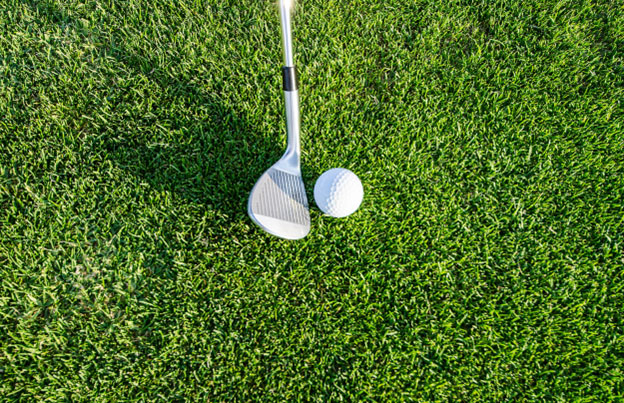
Ultimately, whether you prioritize distance, control, or a combination of both, the dimples on your golf ball will play a significant role in your overall performance on the course. It is therefore important to do your research, test out different brands and models, and pay attention to the environmental conditions when selecting your golf ball to ensure the best possible results.
Frequently Asked Questions
Why Do Golf Balls Have Dimples?
Dimples on a golf ball are designed to create turbulence in the air around the ball, which helps to reduce drag and optimize its flight. As golf balls fly, the dimples cause tiny pockets of air to move faster around the ball than the surrounding air, reducing the total drag force applied to it and improving its performance. Additionally, dimples give golfers more control over their shots by creating a backspin on the ball, which gives it more lift and helps to keep it in the air for longer.
What Is the Optimal Number of Dimples on a Golf Ball?
The optimal number of dimples on a golf ball depends on several factors, including the type and size of the ball, the manufacturing process used to create it, and the environmental conditions during play. Most modern golf balls feature between 300-400 symmetrically arranged dimples, although some brands may opt for hexagonal designs or deeper or shallower dimples. Ultimately, the best choice is dependent on the golfer’s individual preferences and playing style.
Does the Size of Dimples Matter?
The size of dimples on a golf ball can have an impact on the performance of the shot. Generally speaking, larger dimples create more lift and backspin on a ball, while smaller dimples allow it to travel farther with less spin. Additionally, deeper or shallower dimple patterns can also affect how much air is able to move around and under the ball as it flies, impacting its flight path and distance.

